How to Use a Cafetiere | Brew Guide
Ever wonder how to use a cafetiere to make coffee? It’s simple. Found in most kitchens, the humble cafetiere is the simplest way to brew coffee without a full-blown coffee machine. Here’s everything you need to know about this tried-and-tested brewing device.
What You’ll Need
- Recent Beans Coffee – 60g per litre
- Filtered or bottled water
- Kettle
- Spoon
- Cafetiere
- Scales and a timer
How to Use a Cafetiere
- Always clean the cafetière before or after each use to avoid stale or muddy-tasting coffee.
- Warm the cafetiere with boiling water – dispose once warmed.
- Place the cafetiere on the scale and add 60g of ground coffee.
- Boil another kettle’s worth of water. Once boiled, open the lid to allow it to cool The ideal temperature is 93-94°C.
- Reset your scales to zero (keeping the cafetiere on them). Pour in 1L of hot water (equal to 1,000g).
- Set your timer for 4 minutes and allow the coffee to steep. After steeping, give the coffee a thorough stir to break the crust that’s formed on top. Allow the coffee grounds to settle on the bottom.
- As it steeps, use a spoon to remove the crema from the top of the coffee to reduce any unwanted bitterness.
- Last, put the plunger back on the coffee and slowly and evenly push the plunger down to avoid coffee grounds escaping or coffee spurting out.
- Pour into warm mugs and add milk or cream as preferred. Enjoy!
Frequently Asked Questions
What is a Cafetiere?
A cafetiere, also known as a French press, is a classic brewing device used to steep and brew coarsely ground coffee beans. Using the plunger and filter it removes the coffee grounds from the water after brewing.
This method is noted for its extract of essential oils and flavours from the coffee – and is perfect when sharing coffee with multiple people (e.g., for breakfast).
What’s the Best Grind Size for a Cafetiere?
Because of the mesh filter used in the cafetiere, if the grind size is too small, bits of coffee ground can find their way into your finished cup. The gritty texture is highly unpleasant. Moreover, a fine grind can be over-extracted during brewing, leading to a bitter taste.
That’s why we advise using a coarse grind for best results.
However, the grind shouldn’t be too coarse. If the plunger is too easy to push down, you may get an under-extraction, resulting in a weak or watery coffee.
How Much Coffee Should I Use in My Cafetiere?
You’ll hear different things from different people. It’s all a matter of taste and the type of roast. As a rule, we advise a 1:16 ratio (or around 1 tbsp of coffee ground per 125 mL of water).
That’s based on the US ratio of 1 ounce (28 grams) of coffee for every 16 ounces (450 millilitres) of water. This means you’ll need 62 grams of coffee for a litre of water – call it an even 60g.
Of course, if you’re using a light roast, we recommend using slightly more coffee – 75g per litre should make the perfect brew.
How Long Should I Let My Coffee Brew in a Cafetiere?
According to generations of experimentation, the finest brew comes from a 4-minute brew time. Some brew guides recommend that after the first 4 minutes, you should stir the coffee grounds to break the crust before leaving it for another 4 minutes. However, doing so risks over-extraction, leading to a bitter flavour.
What’s the Best Water Temperature for a Cafetiere?
Too hot and you risk burning the coffee; too cold and you’ll fail to get a rich extraction. Best results are usually found around 93-94°C. You should also use filtered water as the impurities can affect the taste and extraction quality.
What’s the Best Coffee for a Cafetiere?
Your favourite coffee will work wonders in a cafetiere. It’s all down to personal taste. However, in our (not-so) humble opinion, the Roast Twenty is especially impressive. Why? Well, it was developed alongside baristas from our commercial partners. Containing 100% speciality grade arabica coffee from Brazil and Vietnam, it delivers a smooth, honey body, nutty aroma, and sweet caramel finish. In fact, the nutty aroma is extremely pungent as the coffee seeps in the cafetiere – a coffee so good you get to taste it twice!
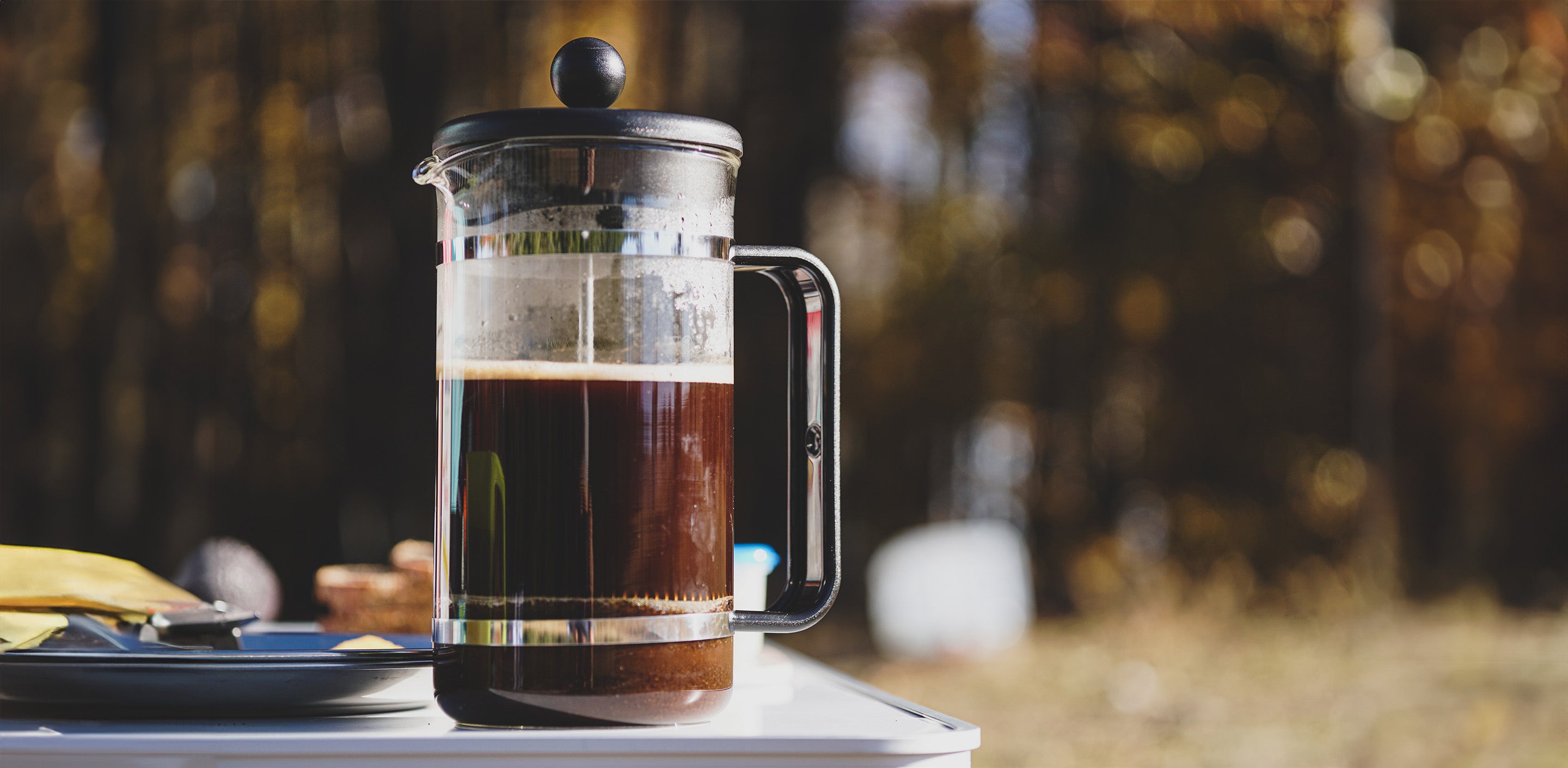
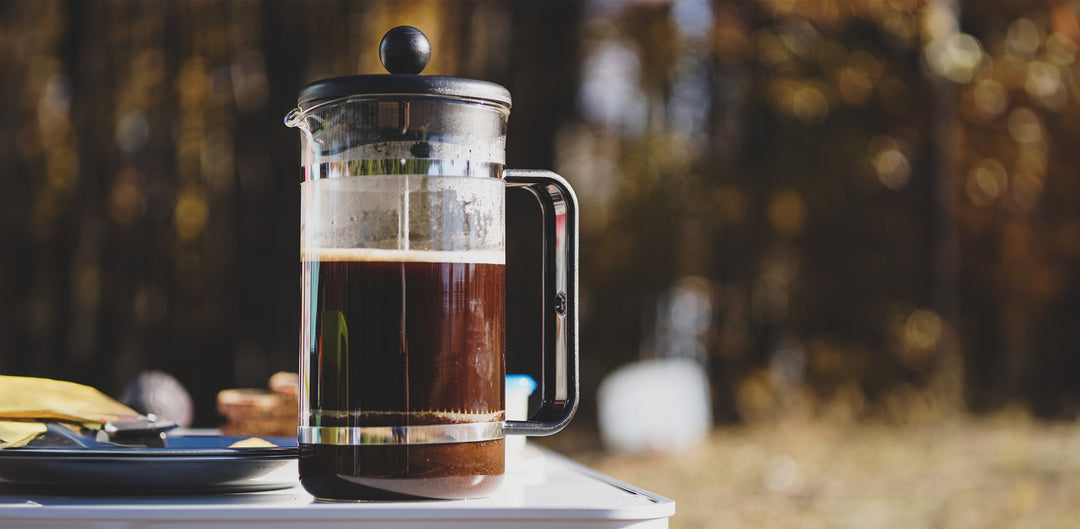
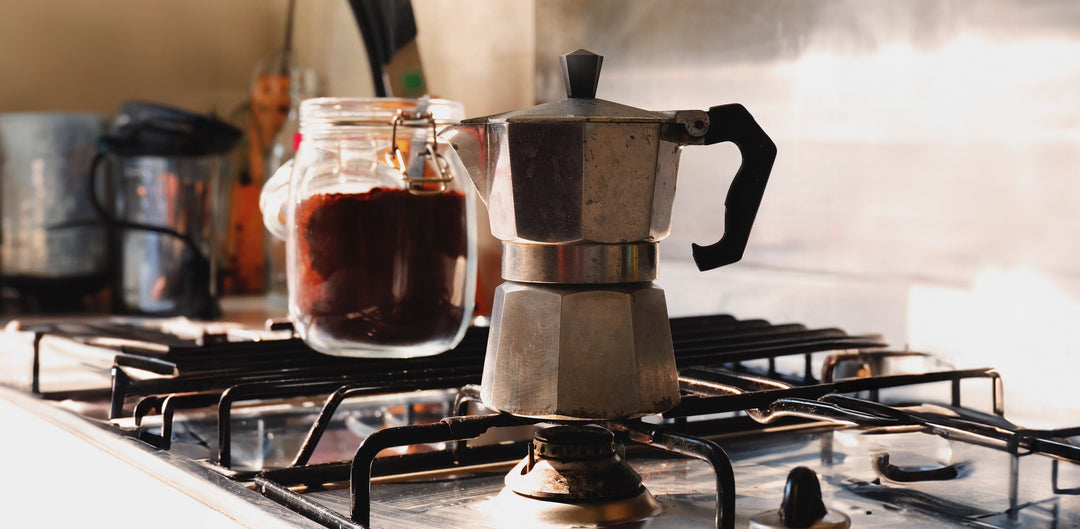
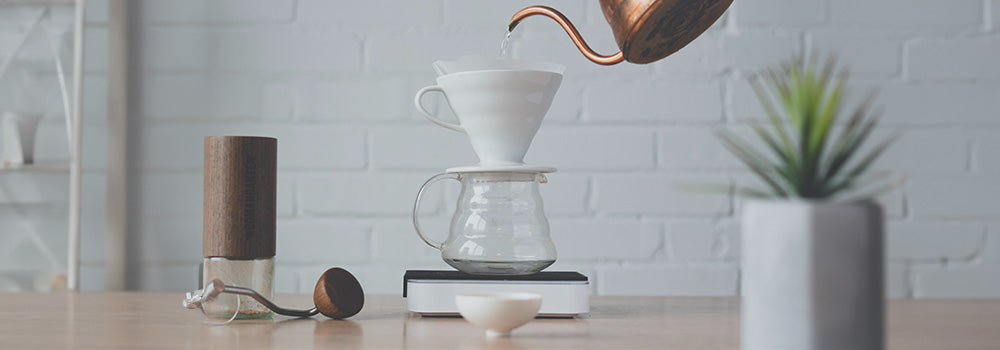
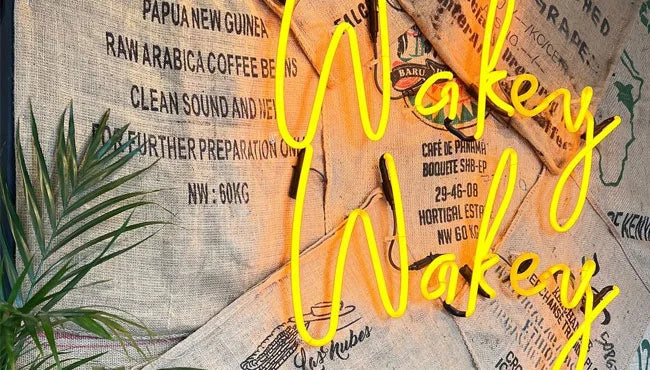
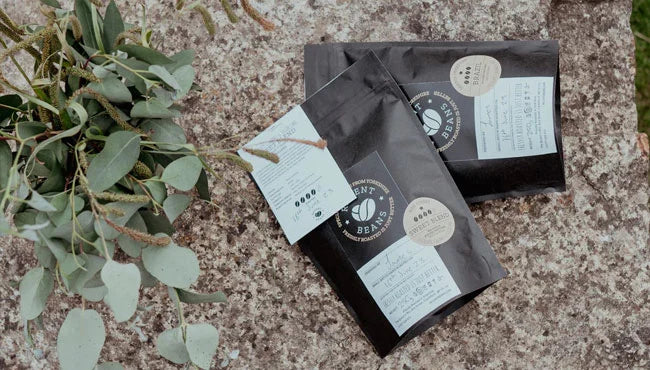
Leave a comment